Food is truly a remarkable aspect of human existence. The diversity of cooking techniques enables chefs and home cooks to create endless possibilities, showcasing the incredible versatility and creativity of food. It’s through these differences in cooking techniques that we can explore new flavors, uncover hidden depths, and elevate ingredients to new heights. Whether it’s the perfectly seared steak, the fluffy soufflé, or the crisp roasted vegetables, the art of cooking highlights the transformative power of heat, time, and skilled hands. It is a celebration of taste, an invitation to indulge in the incredible world of culinary delights.
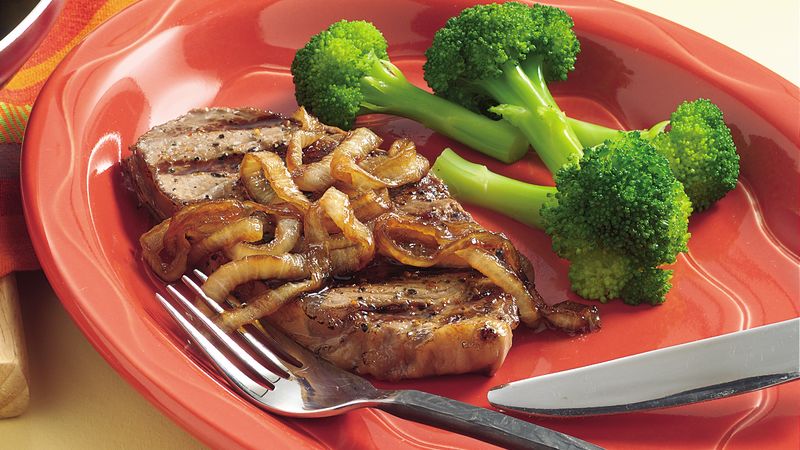
Onions Really Do Tenderize Meat
Onions, with their unique flavor and versatile nature, not only enhance the taste of dishes but also possess the remarkable ability to tenderize meat. When used in cooking, onions contribute to the breakdown of tough meat fibers. This results in a more tender and succulent texture. This tenderizing effect is primarily attributed to an enzyme called alliinase present in onions. Allinaise breaks down proteins. To harness this culinary trick, you can incorporate onions in various ways. One common method involves marinating the meat with finely chopped or grated onions, allowing the enzymes to work their magic.
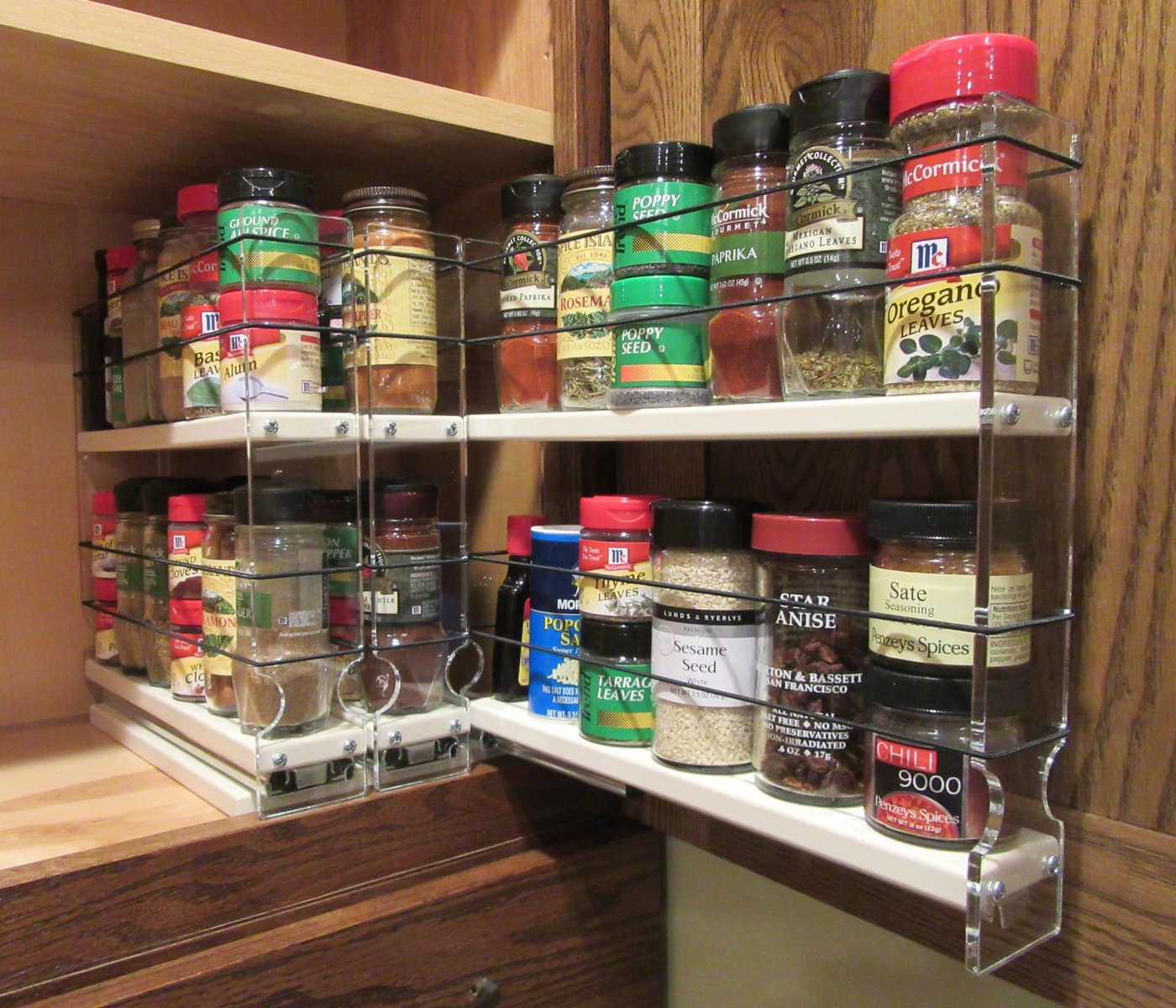
Some Spices Need to Stay Out of Direct Sun
Certain spices require protection from sunlight to maintain their flavor and aroma. Sunlight exposure can cause the degradation of the essential oils present in spices, leading to a loss of potency and a decline in flavor intensity. Sunlight also generates heat, which can accelerate the oxidation process, further diminishing the spices’ quality. Therefore, it is advisable to store light-sensitive spices, such as paprika, turmeric, cayenne pepper, and dried herbs, in opaque containers or in a cool, dark pantry away from direct sunlight. This precaution ensures that these spices retain their vibrant colors, robust flavors, and aromatic profiles, allowing them to enhance culinary creations with their full potential when used in cooking.
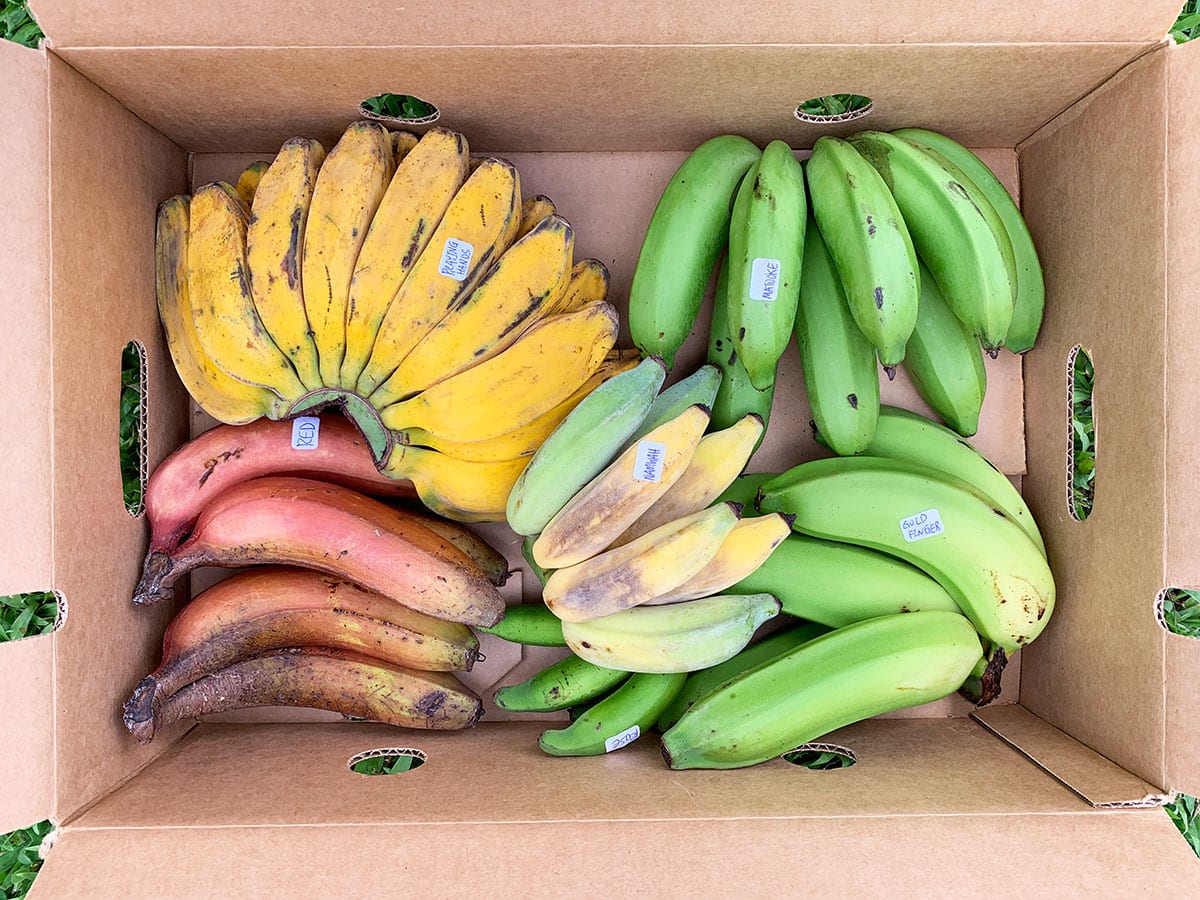
Fruits Produce a Ripening Gas That Will Spoil Them Faster
Fruits possess a remarkable ability to produce a ripening gas called ethylene. This plays a significant role in their maturation process. Ethylene acts as a signaling molecule, triggering and accelerating the ripening process in fruits. While this gas is crucial for the natural ripening of fruits, it can also lead to faster spoilage. When fruits release ethylene, it can stimulate other nearby fruits to ripen, causing a domino effect and accelerating the overall decay process. It is important to be mindful of this gas when storing fruits, especially if they are already ripe or overripe. To prevent premature spoilage, it is recommended to store ethylene-producing fruits such as bananas, apples, and pears separately from ethylene-sensitive fruits like strawberries, grapes, and citrus fruits.

Taste is Linked Almost Completely with Smell
While our taste buds detect basic flavors like sweet, sour, salty, bitter, and umami, it is the olfactory receptors in our nasal cavity that detect a wide range of aromas and flavors. When we eat or drink, volatile compounds released from the food stimulate these receptors. This sends signals to the brain that contribute to the taste experience. This close relationship between taste and smell explains why a stuffy nose can significantly affect our ability to perceive flavors. It also highlights the importance of aroma in the enjoyment of food and beverages. It adds complexity and depth to the sensory experience. Next time you savor a delicious meal, remember that your sense of smell is playing a significant role in the pleasure you derive from the flavors.

Food Really Does Taste Different on an Airplane
It is no secret that food tastes different when consumed on an airplane. This phenomenon can be attributed to the unique atmospheric conditions experienced during a flight. Several factors contribute to the altered taste perception at high altitudes. Firstly, the low humidity levels inside the aircraft cabin can lead to a dry mouth and decreased sensitivity to flavors, making food seem less vibrant and intense. Additionally, the reduced air pressure at cruising altitude affects our taste buds, diminishing our ability to perceive certain tastes, particularly sweet and salty flavors. To compensate for this, airlines often adjust their in-flight meals by adding more spices or seasonings to enhance the overall taste.

Crunchy Food Scientifically Tastes Better
It is widely believed that the enjoyment of crunchy food stems from a combination of sensory factors and psychological influences. From a sensory perspective, the act of biting into something crispy or crunchy provides a satisfying sensation, as it engages multiple senses simultaneously. The sound of the crunch, the feeling of resistance against our teeth, and the release of flavors all contribute to a more dynamic eating experience. Psychologically, the crunchiness of food is often associated with freshness, as it implies a certain level of crispness and texture. This association can subconsciously lead us to perceive crunchy food as more appealing and enjoyable.

Round Plates Make Us Think Food is Sweeter Than Square Plates
Studies suggest that round plates have a psychological effect on our taste perception. Round plates can make food appear sweeter compared to when it is served on square plates. This phenomenon, known as the “round plate illusion,” is thought to be due to the interaction between the shape of the plate and our cognitive biases. Our brains associate round shapes with sweetness and smoothness. Angular or square shapes are often associated with bitterness or harshness. Therefore, when food is presented on a round plate, our minds may automatically anticipate a sweeter flavor, influencing our taste perception accordingly. While the actual flavor of the food remains the same, the shape of the plate can subtly enhance our experience and contribute to how we perceive the sweetness of the dish.
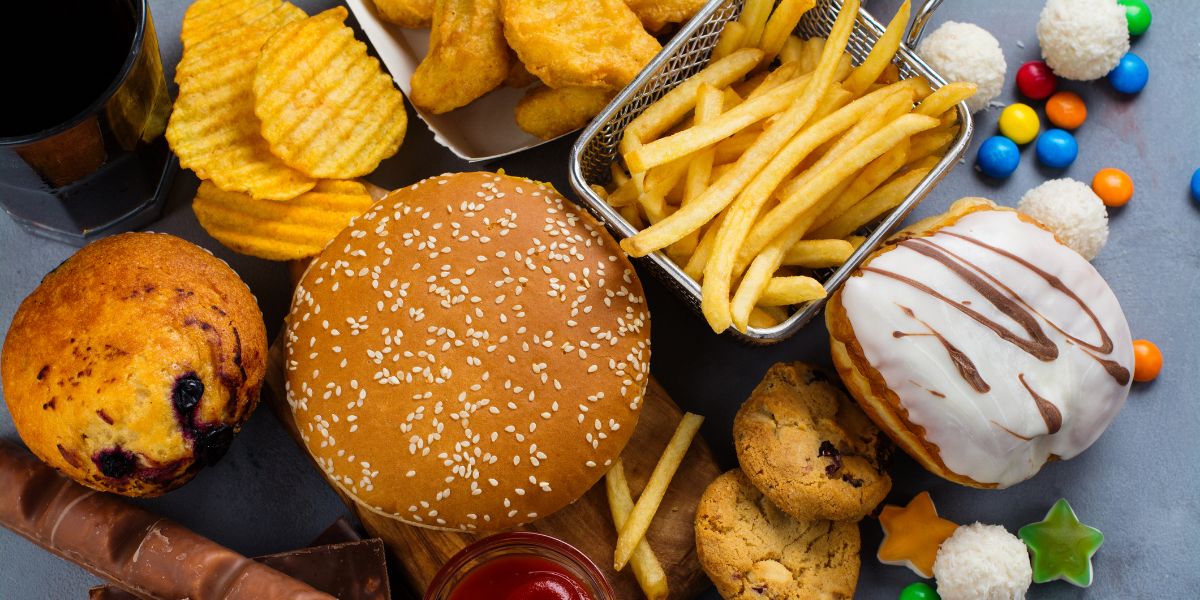
Fat Content Enhances the Flavors of Food
Whether it’s the silky mouthfeel of a creamy dessert or the succulent flavors of a well-marbled steak, fat’s ability to bind with flavor molecules plays a big role in creating a memorable and enjoyable experience. When fat is present, it has the ability to bind with flavor molecules. This allows them to dissolve and distribute more effectively throughout the food. This binding process not only helps to intensify the flavors but also extends the duration of the taste experience. The fat molecules coat the taste buds, creating a barrier that slows down the release of flavors. This results in a longer-lasting and more pronounced taste sensation. This is particularly noticeable with fat-soluble flavors, such as those found in oils, butter, and fatty meats. The combination of fat and flavor molecules creates a harmonious balance, contributing to the overall richness and satisfaction of a dish.
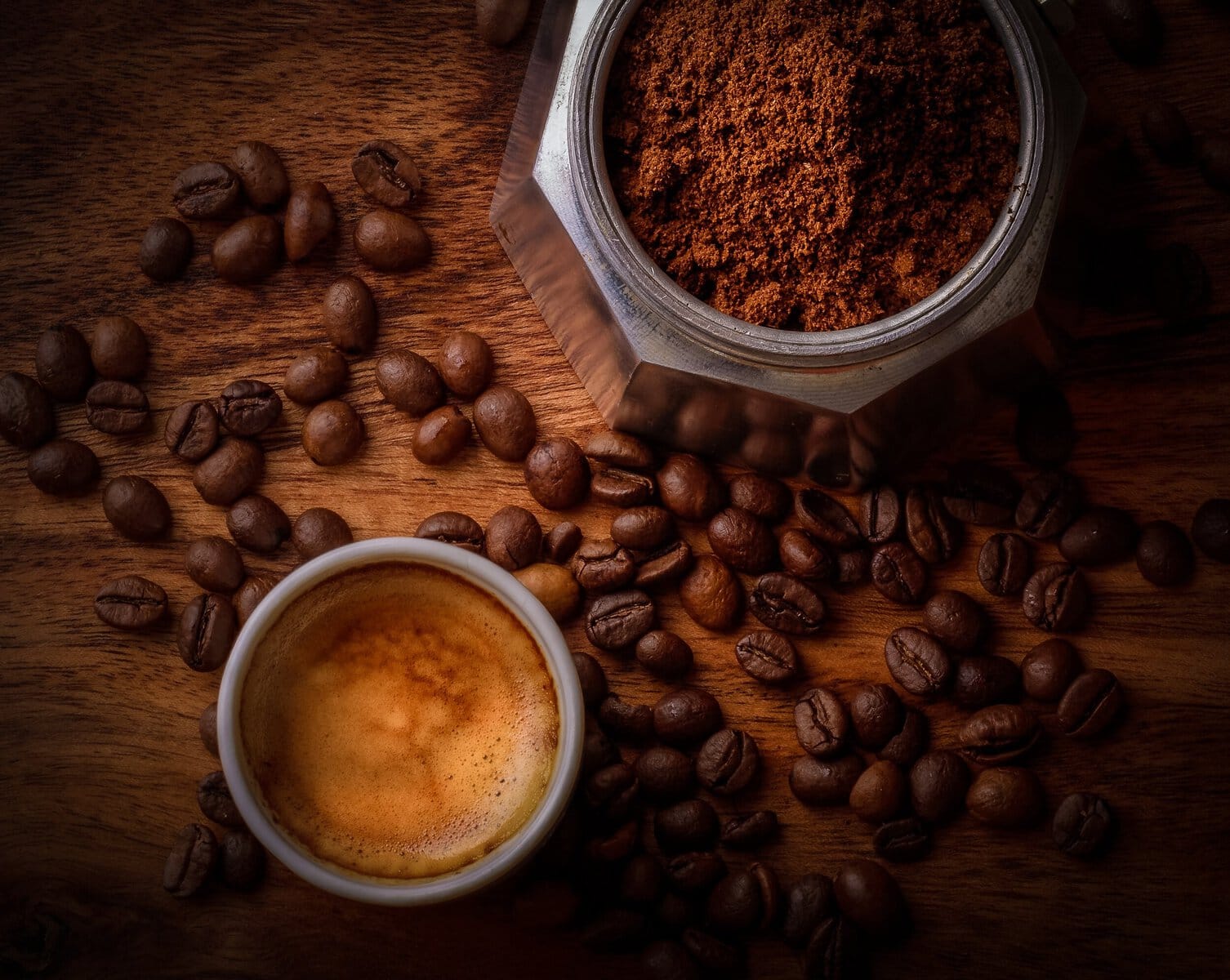
Our Perception of “Bitter” Changes with Age
Our perception and enjoyment of bitter flavors undergo a significant transformation as we age. Bitterness, often associated with compounds found in certain vegetables, herbs, and beverages like coffee or dark chocolate, can evoke strong reactions, especially in younger people. In general, children tend to be more sensitive to bitter tastes due to a higher number of taste buds. They also have a heightened sensitivity to bitter compounds. However, as we grow older, our taste preferences tend to shift. Research suggests that adults develop a greater tolerance for bitterness over time, and some even come to appreciate and enjoy bitter flavors.
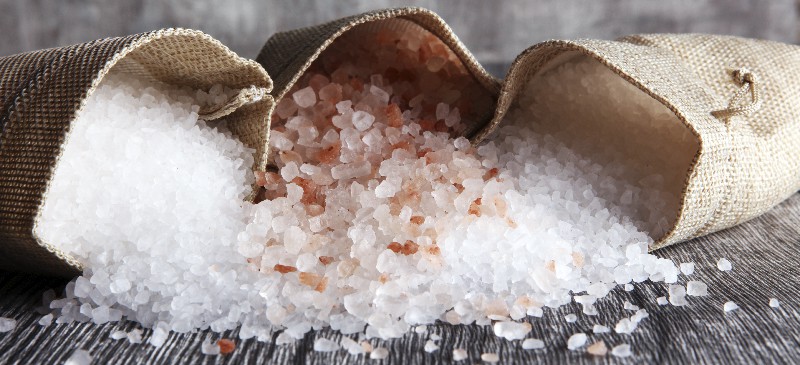
Salt Masks Bitter Flavors Better than Sugar
When it comes to masking bitterness in food and beverages, salt has been found to be more effective than sugar. While sugar can provide some degree of sweetness to counteract bitterness, salt has a unique ability to suppress and balance bitter flavors. This phenomenon, known as sensory suppression, occurs due to the way taste receptors in our mouths respond to different tastes. Salt activates certain taste receptors that can inhibit the perception of bitterness, effectively reducing its intensity. This is particularly useful in situations where bitterness needs to be masked or balanced, such as in certain vegetables, medicinal compounds, or bitter beverages like coffee.
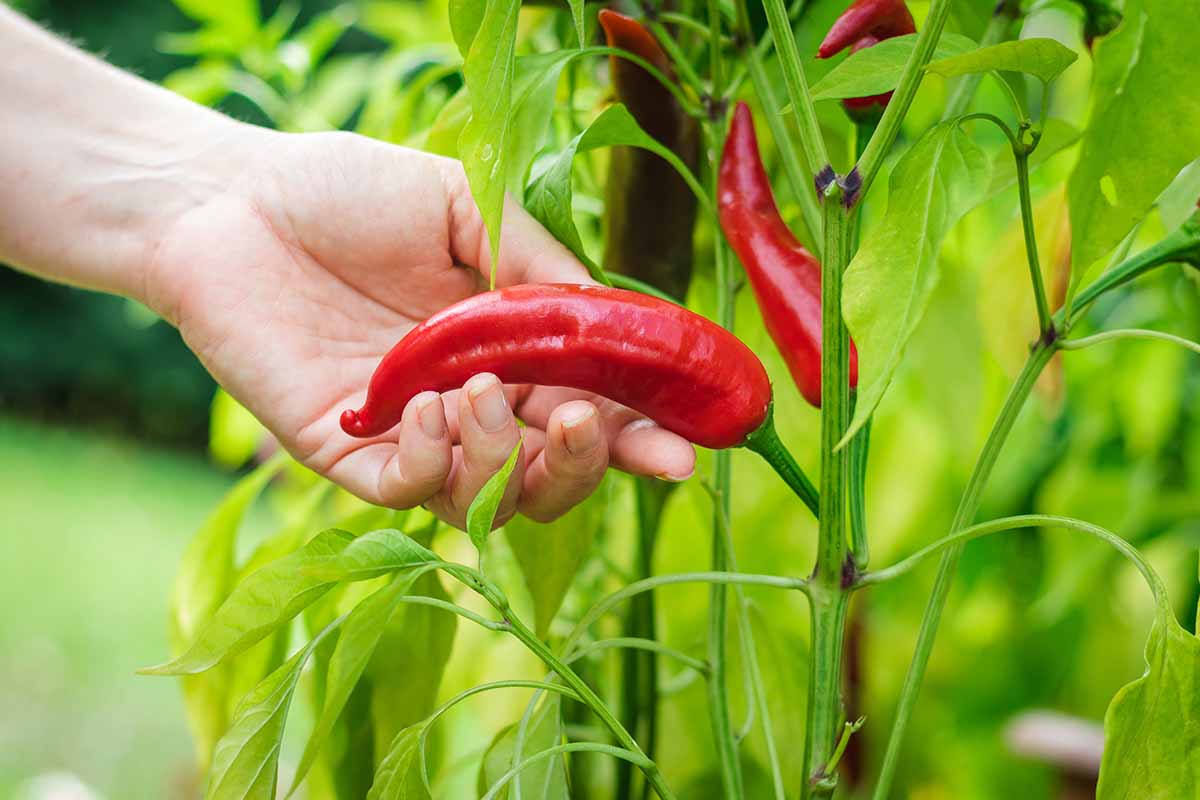
Transient Receptor Potential Vanilloid 1
The spiciness or heat sensation we experience when consuming spicy foods is mediated by a receptor called TRPV1 (Transient Receptor Potential Vanilloid 1). TRPV1 is a specialized receptor found in nerve endings, particularly in the mouth and tongue. It is activated by capsaicin. This compound is responsible for the fiery heat in chili peppers, as well as other molecules found in spicy foods like ginger or black pepper. When capsaicin binds to TRPV1, it triggers a series of signals that result in the perception of heat and pain. This response is our body’s way of protecting us from potential harm. It signals the presence of a potentially dangerous or irritating substance. Interestingly, TRPV1 receptors can also be activated by high temperatures, which is why consuming hot food or beverages can elicit a similar sensation.
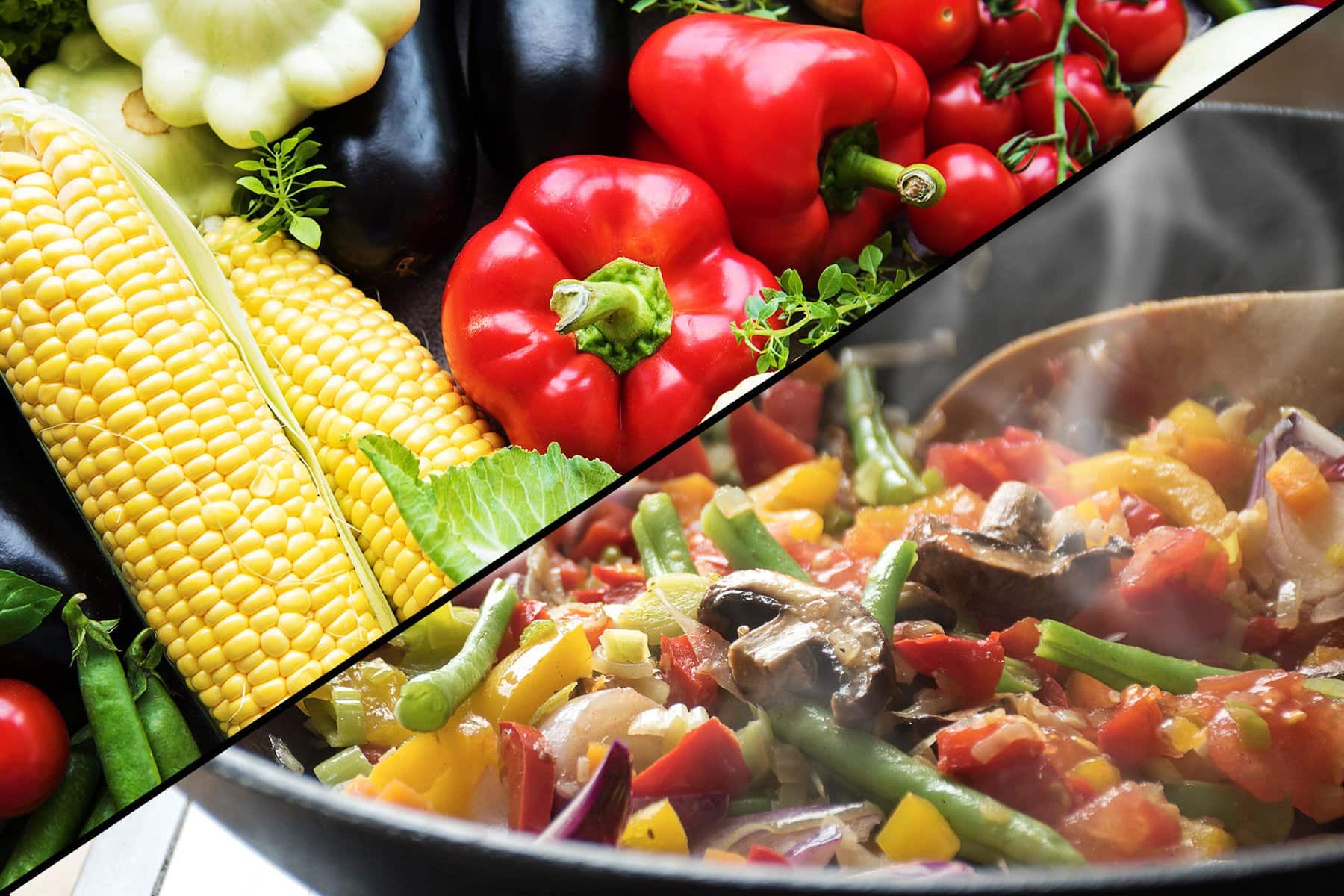
Cooked Food Contains More Calories than Raw Food
Cooking alters the structure and composition of food, resulting in various changes that contribute to an increase in caloric content. One significant factor is the breakdown of complex carbohydrates into simpler forms, such as starches converting into more digestible sugars. This process makes the carbohydrates more readily available for absorption, leading to a higher calorie yield. Cooking can cause the release of fats and oils present in foods, making them more accessible and increasing their calorie density. Heat applied during cooking can cause water loss, which further concentrates the calories in the food. However, it’s important to note that the specific cooking method, duration, and ingredients used can influence the extent of calorie changes.
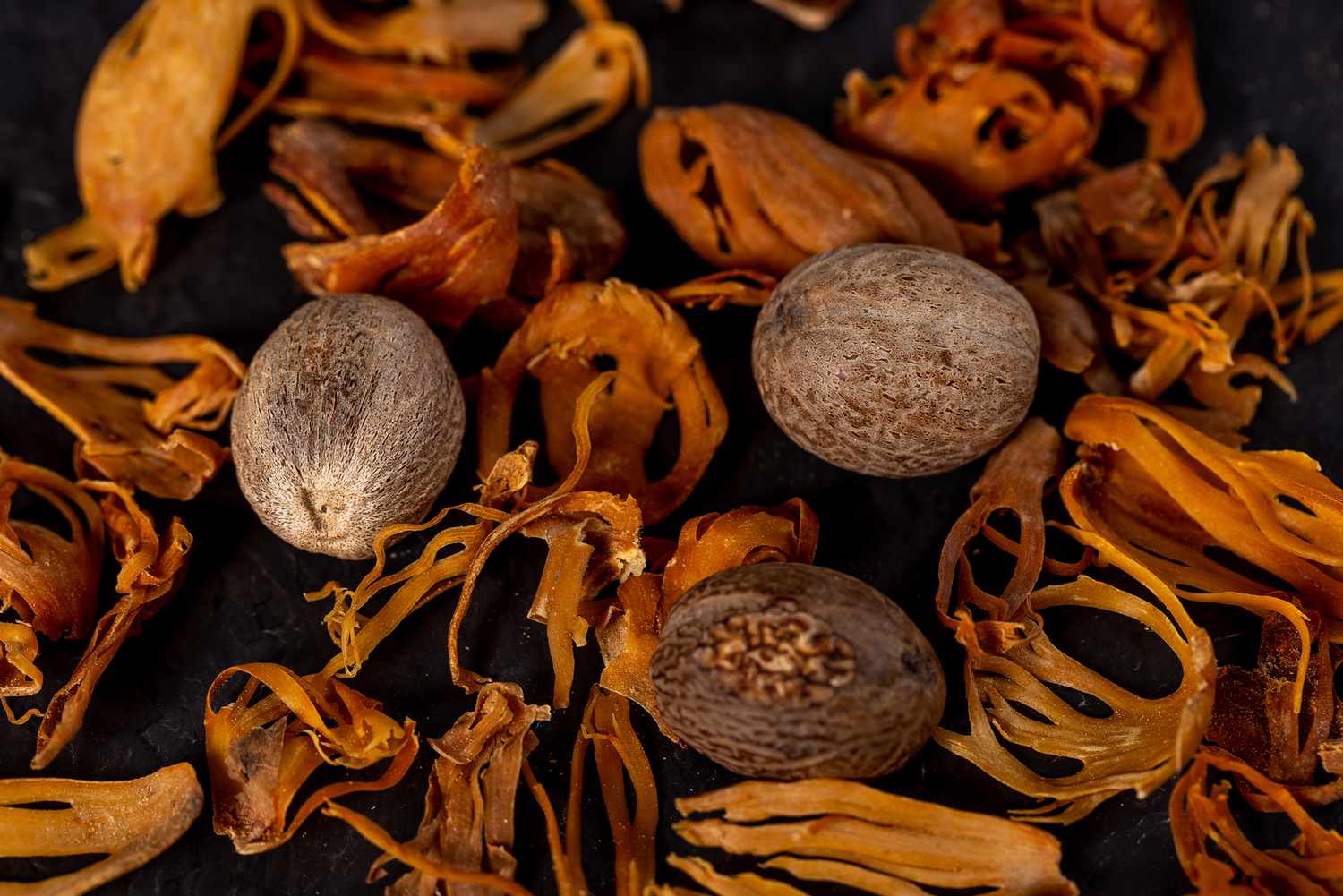
Nutmeg is an Hallucinogen
Nutmeg, a spice derived from the seed of the Myristica fragrans tree, is sometimes associated with hallucinogenic effects when consumed in large quantities. While nutmeg is commonly used as a flavoring agent in cooking, its psychoactive properties have been known for centuries. The compound responsible for these effects is myristicin, found abundantly in nutmeg. When consumed in excessive amounts, myristicin can act as a psychoactive substance, producing hallucinations, feelings of euphoria, and altered perception of time and space. However, it is crucial to note that the hallucinogenic effects of nutmeg are generally considered unpleasant and can be accompanied by various negative side effects such as dizziness, nausea, dry mouth, and even toxicity.
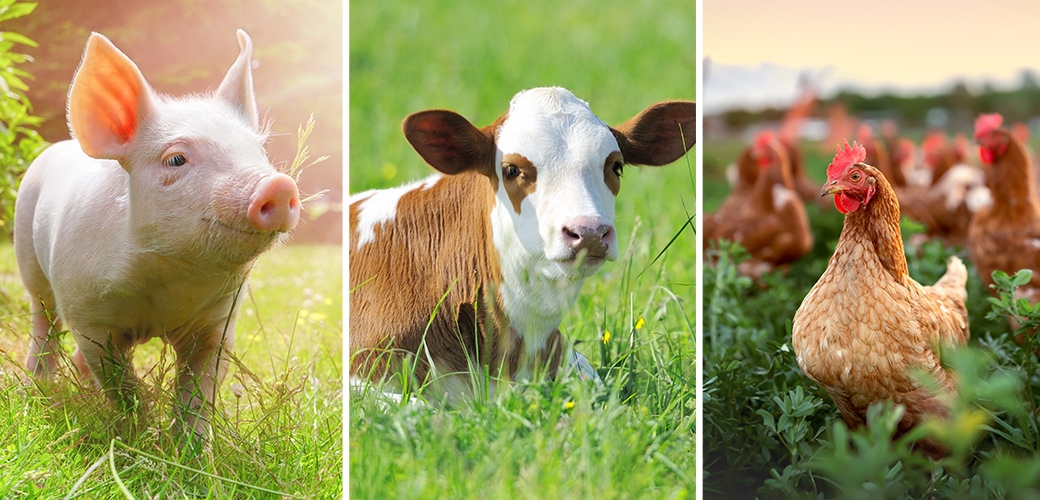
Vitamin B12 is Only Found in Animal Products
Vitamin B12, also known as cobalamin, is a crucial nutrient that plays a vital role in various bodily functions. This includes the production of red blood cells and proper nerve function. Unlike many other essential vitamins, vitamin B12 is primarily found in animal-based foods. It is synthesized by bacteria present in the digestive systems of animals and is subsequently stored in their tissues. As a result, animal products such as meat (particularly liver), poultry, fish, eggs, and dairy products are considered rich sources of vitamin B12. For those following a strict vegan or vegetarian diet, obtaining adequate vitamin B12 can be challenging, as plant-based foods do not naturally contain this nutrient.

Some Gut Bacteria Make Vitamin K
Vitamin K is a group of fat-soluble compounds that are essential for blood clotting and bone health. While vitamin K is also found in certain foods, including leafy greens, meats, and fermented products, a significant portion of our vitamin K needs is met through the action of gut bacteria. These bacteria, particularly species of the genus Escherichia, Enterococcus, and Bacteroides, have the ability to synthesize vitamin K2, also known as menaquinones. These bacteria produce menaquinones by converting dietary and microbial-derived precursors into active forms of vitamin K. The synthesized vitamin K is then absorbed into the bloodstream, where it contributes to the body’s vitamin K pool.
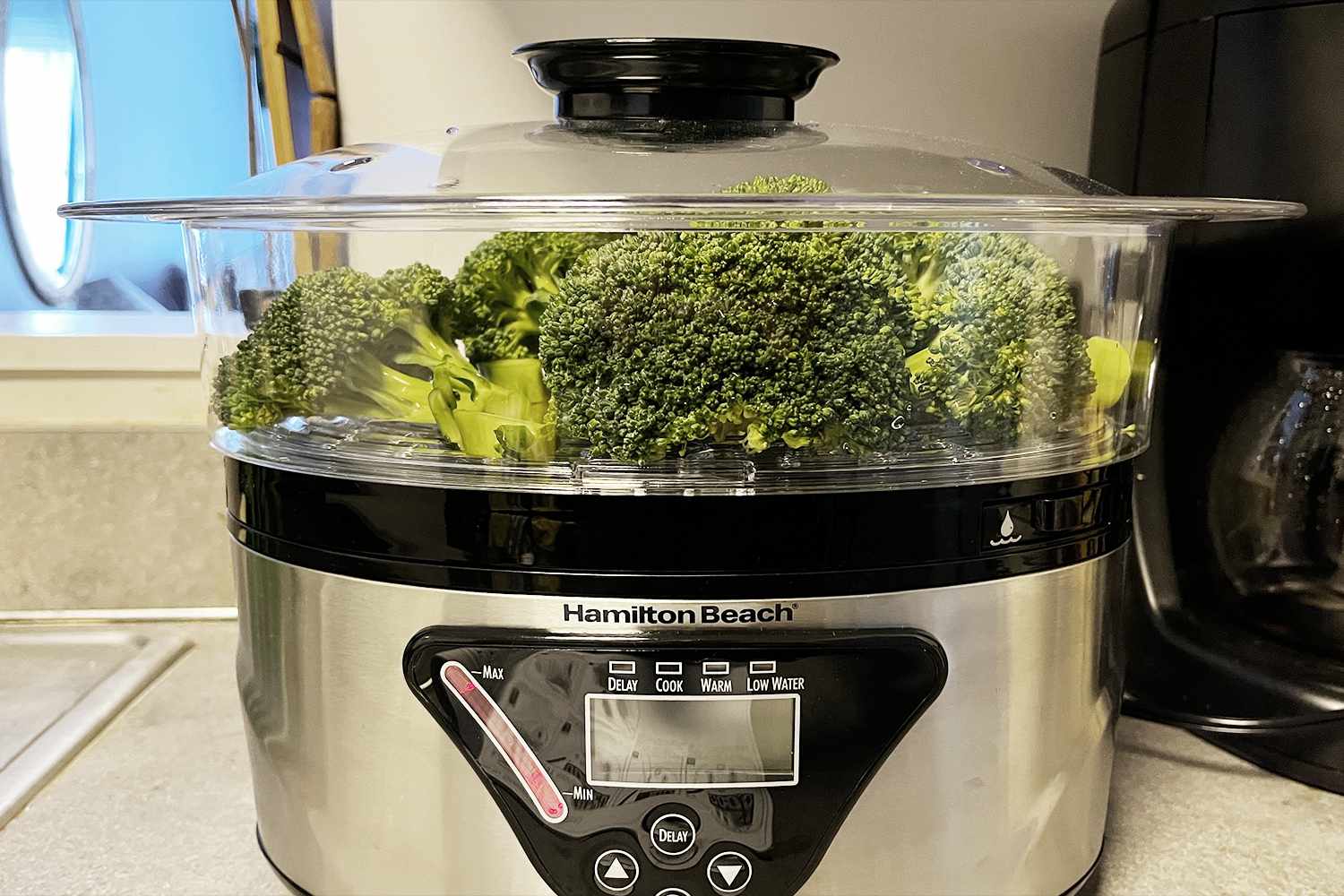
Steaming is the Best Way to Cook Veggies to Have the Most Nutrients
Steaming is often considered one of the best methods for cooking vegetables to retain their maximum nutrient content. Unlike boiling or frying, which can leach out water-soluble vitamins and minerals, steaming preserves the natural goodness of vegetables. When vegetables are steamed, they are exposed to gentle heat and moisture, helping to preserve their color, texture, and nutrient profile. The steam surrounds the vegetables, cooking them evenly and maintaining their crispness and vibrant appearance. Steaming also minimizes nutrient loss by preventing direct contact with water, as the steam helps to break down cell walls while keeping essential vitamins, minerals, and antioxidants intact.

There is an Optimal Temperature to Serve Every Food for the Best Flavor
Temperature can significantly impact the taste, texture, and aroma of different dishes. For example, serving certain wines too warm or too cold can dull their flavors and aromas, while foods like ice cream or hot beverages can lose their desired qualities if not served at the appropriate temperature. Generally, chilled or cold foods, such as salads and fresh fruits, are best enjoyed when served cold. Lower temperatures can help retain their crispness and refreshing qualities. On the other hand, hot foods, such as soups and stews, should be served piping hot to bring out their rich flavors and aromas. Finding the optimal serving temperature for each food involves considering factors such as the ingredients, cooking methods, and personal preferences.

Freezing Food can Change Textures
When food is frozen, the water content inside the cells forms ice crystals, which can cause damage to the cell structure. As a result, the texture of the food can change, often leading to a loss of crispness, firmness, or juiciness. Fruits and vegetables may become softer and mushy after being thawed. Freezing can affect the flavor profile of certain foods. Some compounds responsible for taste and aroma can break down or become less potent during the freezing process, resulting in a perceived change in flavor. Furthermore, freezing can cause lipid oxidation in foods that contain fats, which can lead to off-flavors and a rancid taste.

Alcohol Used in Cooking can Enhance Flavor
Alcohol, when used in cooking, can serve as a versatile ingredient that enhances flavors and adds depth to dishes. It acts as a solvent, extracting and intensifying the flavors of other ingredients in a recipe. When added to a hot pan after sautéing meat or vegetables, alcohol can effectively deglaze the pan, loosening the flavorful browned bits stuck to the bottom. This process, known as deglazing, helps to release those caramelized flavors and incorporate them into sauces, gravies, or soups. Alcohol can lend its own unique flavors and aromas to the dish, enhancing the dish’s taste. Different types of alcohol, such as wine, beer, spirits, or fortified wines, bring their distinct characteristics, from the fruitiness of wine to the richness of spirits.

Soda can Make Food Spicier
While soda may seem like an unlikely companion to spice, it can actually enhance the perception of spiciness in food. The carbonation in soda, coupled with its sweetness and acidity, can create a contrast that intensifies the heat sensation. When carbonated bubbles come into contact with the taste buds, they activate nerve endings and heighten sensitivity, making the spiciness more pronounced. The sweetness in soda can provide a counterbalance to the heat, creating a sensory interplay that enhances the experience of spiciness. The effervescence and refreshing qualities of soda can also help to alleviate any lingering heat, providing a momentary respite between spicy bites.

Animal-made Products Taste Different Based on the Animal’s Diet
Animal-made products, such as meat, milk, and eggs, can indeed have distinct flavors influenced by the animal’s diet. The saying “you are what you eat” holds true in the culinary realm as well. The food that animals consume contributes to the composition and flavor of their meat or dairy products. For instance, cows that graze on lush, diverse pastures may produce milk with a rich and nuanced flavor. This reflects the varied plants they consume. Similarly, chickens that are free-range and forage on insects and herbs can produce eggs with a deeper and more complex taste. The diet of an animal can impact the composition of its fats, leading to flavor differences. For example, grass-fed beef is known for its distinctively robust flavor due to higher levels of omega-3 fatty acids derived from the grass.
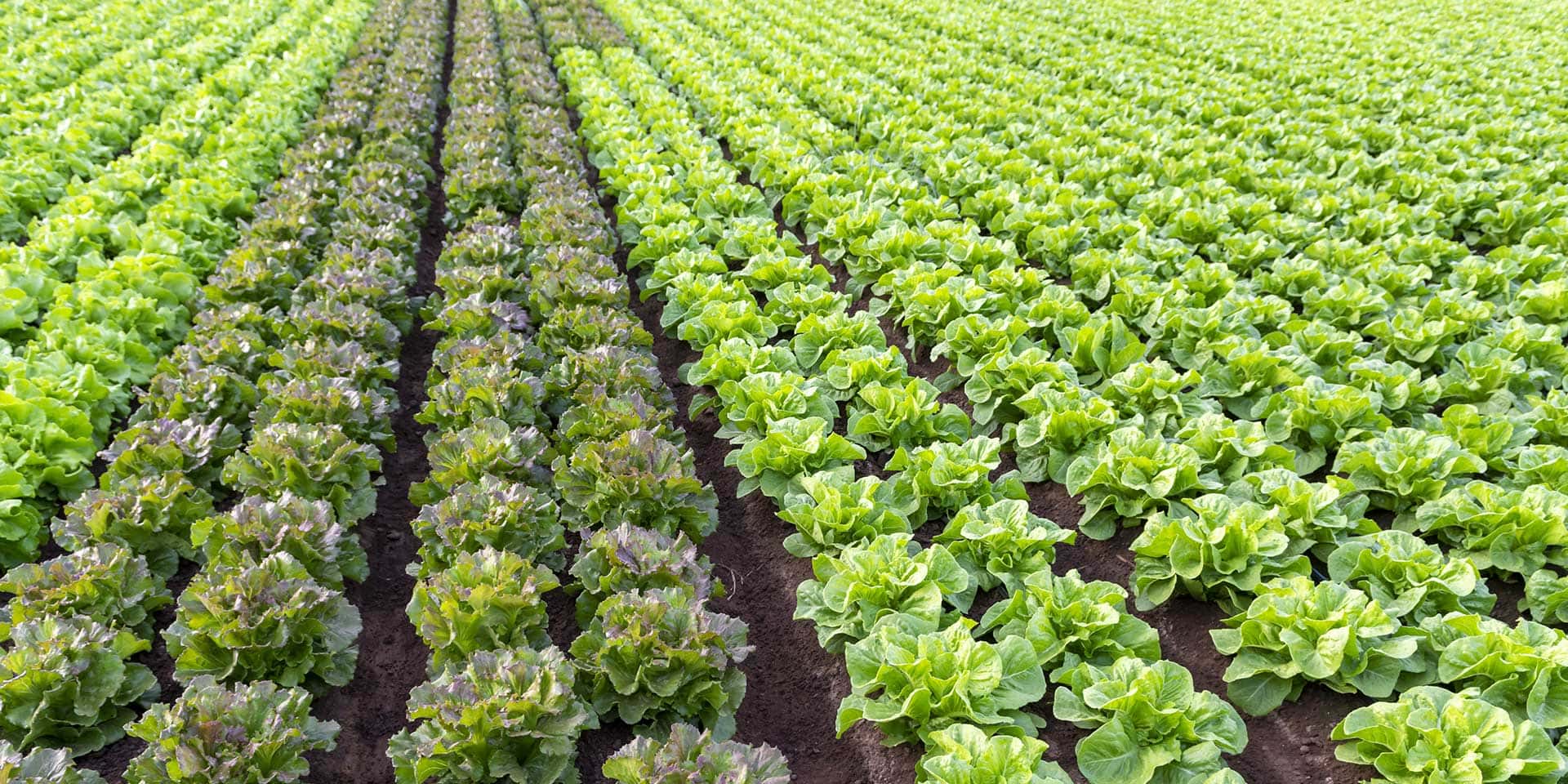
Plants Also Change Flavor Depending on Where and How They Were Grown
The flavor of plant-based foods can be influenced by the environment in which they are grown, a concept known as terroir. Terroir encompasses a range of factors, including soil composition, climate, elevation, sunlight exposure, and even the surrounding flora. These elements collectively contribute to the unique characteristics and flavor profiles of crops. Soil composition, for instance, affects the nutrient availability to plants, which can impact their growth, flavor, and nutritional content. Climate influences the duration and intensity of sunlight, temperature fluctuations, and rainfall patterns, all of which affect plant development and flavor formation. Elevation can influence air pressure, temperature, and oxygen levels, contributing to the flavors and aromas of crops. The surrounding flora can impart subtle nuances to the plants growing nearby.
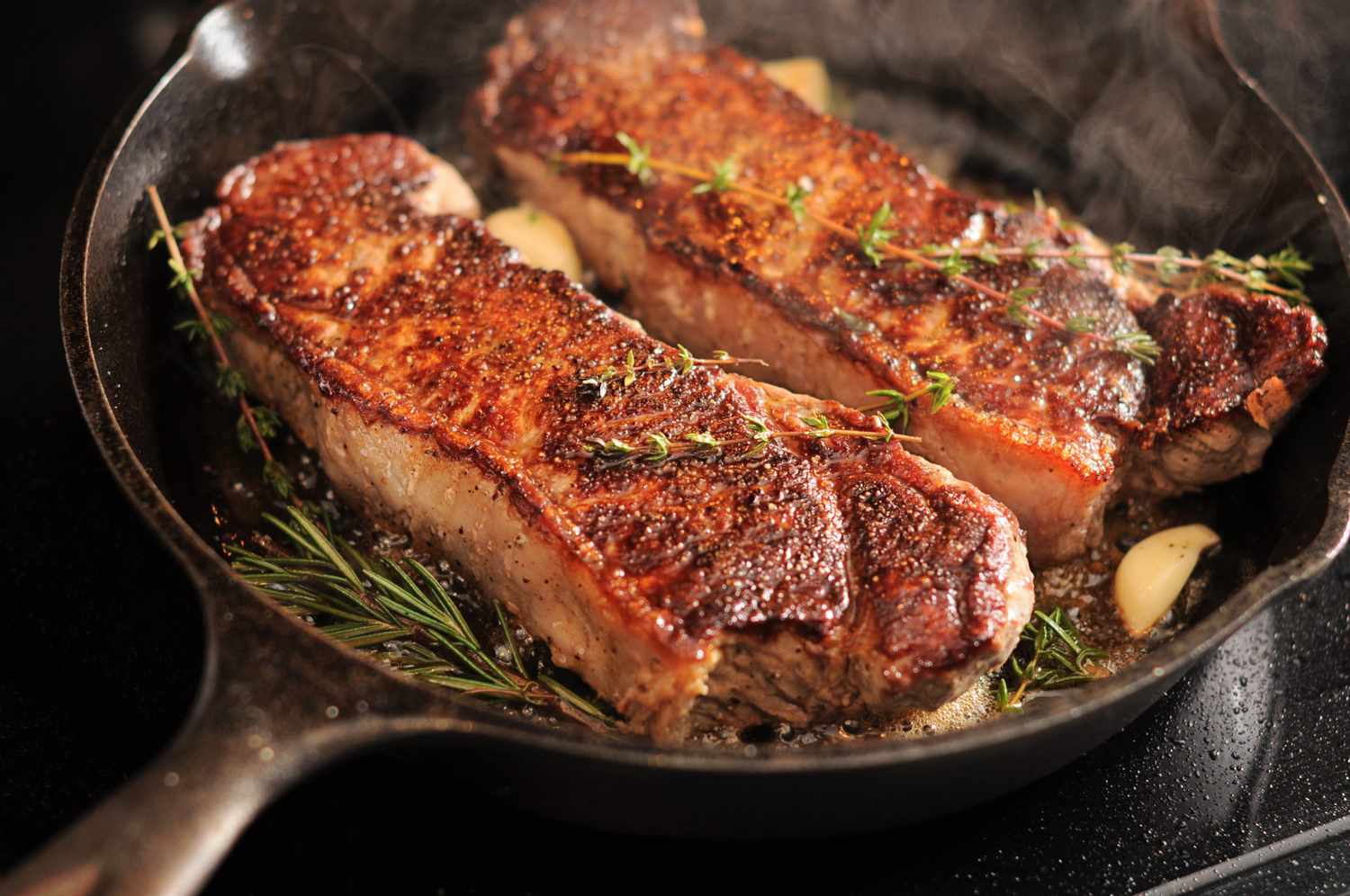
The Malliard Reaction
The Maillard reaction is a complex chemical reaction that occurs when heat is applied to food. This results in browning, flavor development, and the creation of desirable aromas. Named after the French chemist Louis-Camille Maillard, this reaction takes place between amino acids (building blocks of proteins) and reducing sugars in the presence of heat. As the food is heated, the amino acids and sugars undergo a series of chemical transformations, leading to the formation of new compounds responsible for the characteristic flavors, aromas, and brown color associated with cooked food. This reaction is commonly observed in a variety of foods, such as roasted coffee, grilled meats, toasted bread, and baked goods.
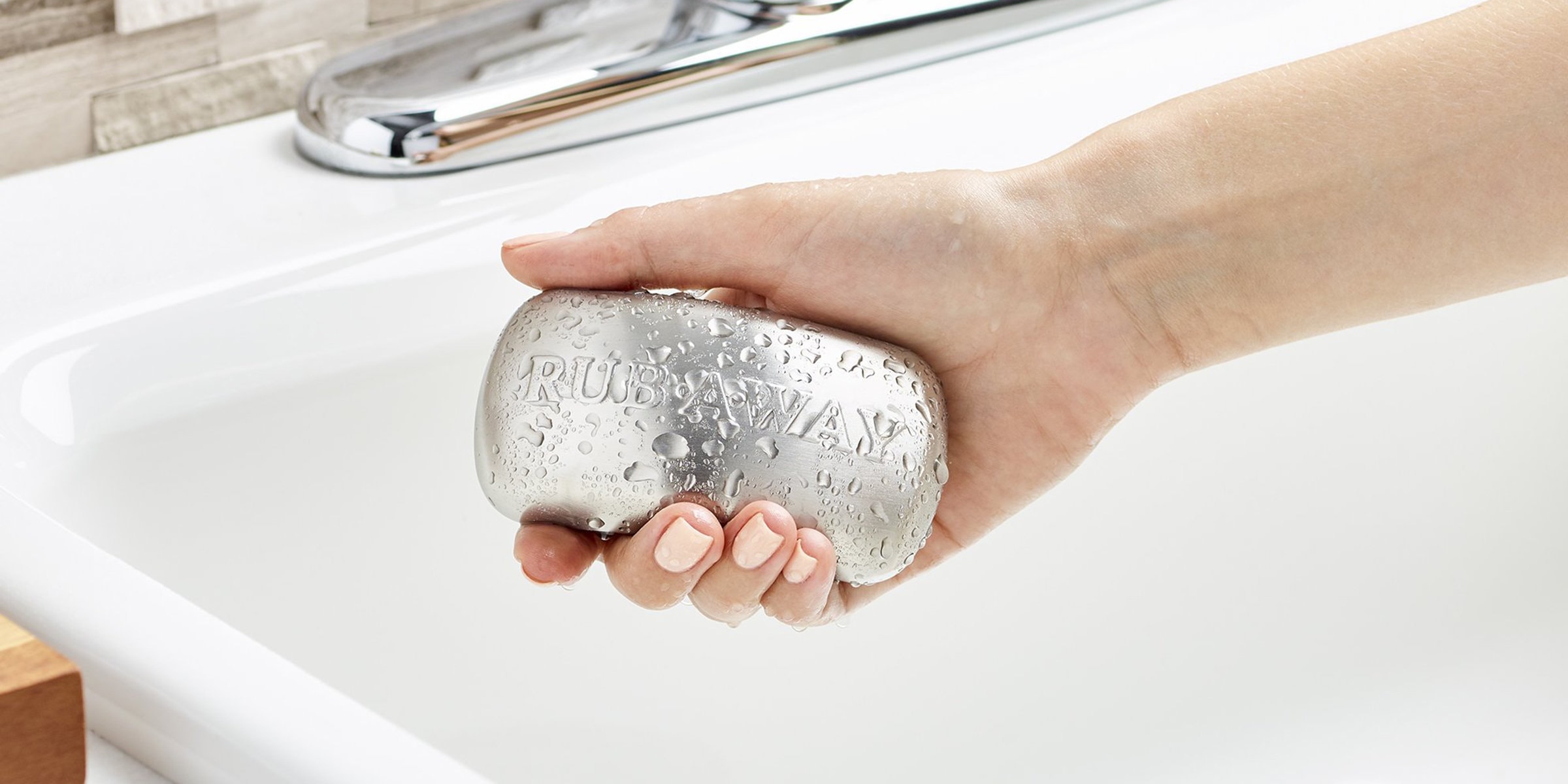
Stainless Steel Cuts Down on Foul Odors
Stainless steel has been found to have the unique ability to help neutralize strong food odors on the hands. When handling pungent foods like garlic, onion, or fish, the odor molecules can cling to the skin and persist even after washing with soap and water. However, rubbing the hands on stainless steel under running water can effectively remove these stubborn odors. The science behind this phenomenon is still not fully understood, but it is believed that the metal ions in stainless steel react with the sulfur compounds responsible for the strong smells, effectively reducing their presence. This process is often referred to as “stainless steel soap” or “metallic deodorization.” By simply rubbing your hands on a stainless steel object or using a stainless steel soap bar, you can help eliminate lingering food odors and restore freshness to your hands.

You Can Overcook Mushrooms
Mushrooms contain a high water content, and prolonged cooking can cause them to become overly soft, mushy, and even slimy. Overcooking mushrooms can result in a loss of their natural umami flavor and pleasant texture. This leads to a less enjoyable eating experience. It is important to cook mushrooms just until they are tender and cooked through, without subjecting them to excessive heat or prolonged cooking times. By sautéing or grilling mushrooms briefly over high heat, you can preserve their distinct taste. You can also retain their slight firmness, and maintain their unique earthy flavor. Careful monitoring and timely removal from heat ensure that mushrooms are cooked to perfection.

You can Separate Egg Yolks with Garlicky Fingers
Using garlicky fingers to separate egg yolks is an unconventional hack that can be surprisingly effective. The method takes advantage of the natural properties of eggs and the aromatic oils present on your fingers. To begin, crack an egg into a bowl, making sure not to break the yolk. With your garlicky fingers, gently touch the yolk, allowing some of the oils to transfer from your fingers to the yolk’s surface. Then, using a pinched finger technique, carefully lift the yolk out of the bowl, leaving the whites behind. The garlicky oils create a slight barrier that helps the yolk slip through your fingers, making separation easier. While this hack may not be foolproof and doesn’t work for everyone, it can be a fun and practical trick to try in a pinch. Just remember to wash your hands thoroughly afterward to remove any lingering aromas and prevent cross-contamination.
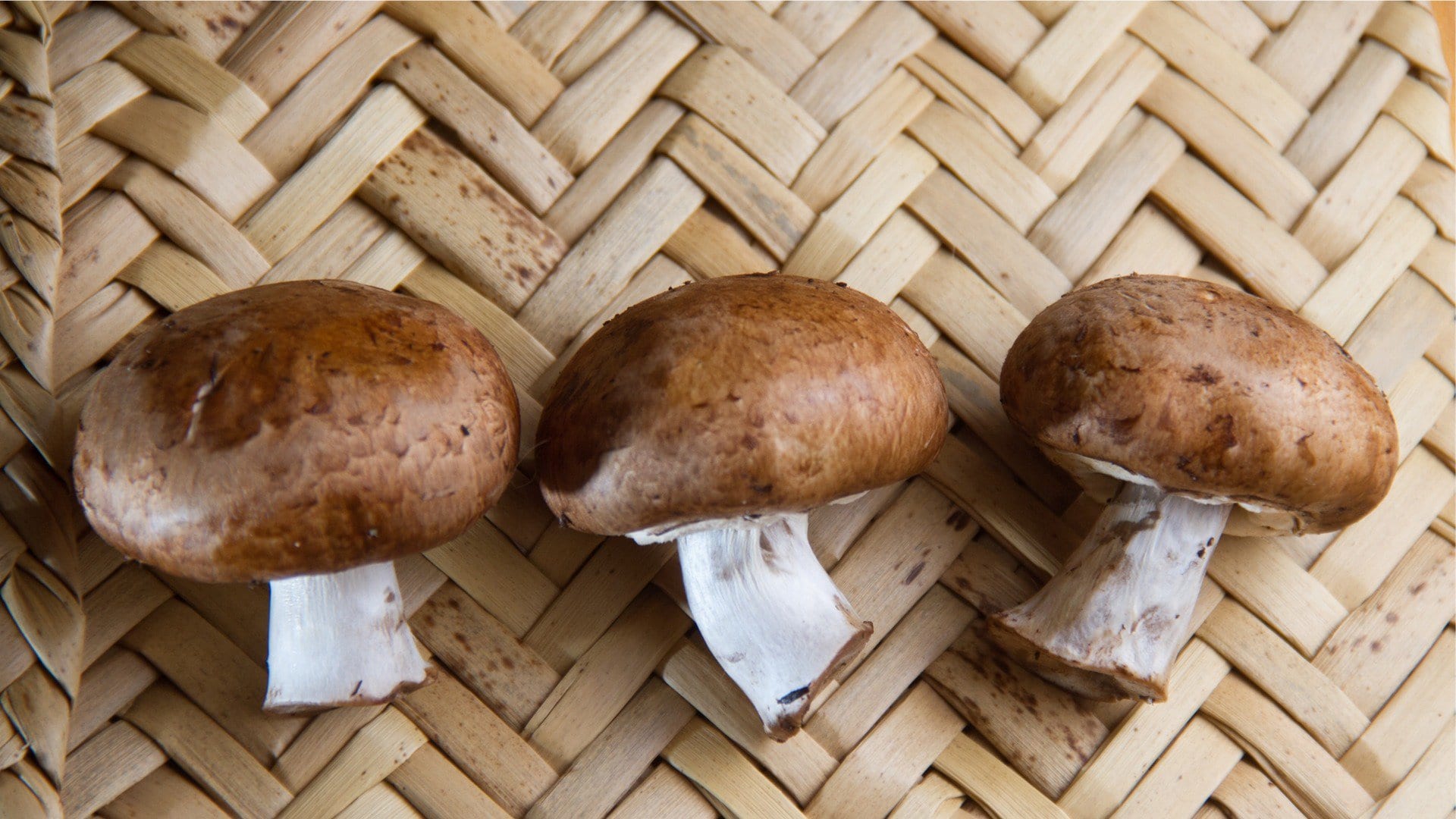
Cremini,White Button, and Portabella Are All the Same Mushroom Species
White button mushrooms, cremini mushrooms, and portabella mushrooms are indeed the same species, Agaricus bisporus, but they are at different stages of their life cycle. White button mushrooms are the youngest and most common variety. They have a small size, a mild flavor, and a delicate texture. As they mature, they develop into cremini mushrooms, also known as baby bella mushrooms. Cremini mushrooms have a slightly earthier flavor and a firmer texture compared to white button mushrooms. If allowed to grow even further, cremini mushrooms develop into portabella mushrooms. Portabellas are the largest and most mature of the three, with a more pronounced flavor and a meaty texture.
Where Do We Find This Stuff? Here Are Our Sources:
https://cooking.stackexchange.com/questions/8010/why-do-you-marinade-steak-with-onions#:~:text=Onions%20contain%20proteolytic%20enzymes%2C%20just,every%20cuisine%20around%20the%20world.
https://spicesinc.com/blogs/how-store-spices
https://time.com/4862996/airplane-food-taste-bad/#:~:text=Low%20air%20pressure%20and%20background,or%20salt%20to%20a%20meal.
https://www.mentalfloss.com/article/531186/science-behind-why-we-crave-loud-and-crunchy-foods
https://www.bonappetit.com/entertaining-style/trends-news/article/sense-of-taste-changes-aging
https://translational-medicine.biomedcentral.com/articles/10.1186/s12967-019-02200-2
https://www.bhf.org.uk/informationsupport/heart-matters-magazine/nutrition/ask-the-expert/raw-food#:~:text=Cooking%20makes%20protein%20foods%2C%20even,helps%20you%20avoid%20food%20poisoning.
https://www.sciencedirect.com/topics/pharmacology-toxicology-and-pharmaceutical-science/nutmeg#:~:text=Nutmeg%20may%20produce%20symptoms%20similar,and%20fear%20of%20impending%20death.
https://www.mayoclinic.org/drugs-supplements-vitamin-b12/art-20363663
https://www.urmc.rochester.edu/encyclopedia/content.aspx?contenttypeid=19&contentid=VitaminK#:~:text=The%20major%20source%20of%20vitamin,This%20form%20is%20called%20menaquinone.
https://www.foodnetwork.com/how-to/packages/food-network-essentials/how-to-steam0
https://www.ncbi.nlm.nih.gov/books/NBK236241/#:~:text=Because%20the%20effect%20of%20temperature,dominate%20salty%20and%20sour%20ones.
https://extension.umn.edu/preserving-and-preparing/science-freezing-foods#:~:text=Changes%20in%20texture%20during%20freezing&text=When%20the%20water%20freezes%2C%20it,that%20is%20usually%20eaten%20raw.
https://www.foodnetwork.com/healthyeats/recipes/2013/03/cooking-with-alcohol#:~:text=Whether%20it’s%20beer%2C%20sake%2C%20rum,how%20versatile%20it%20can%20be.
https://www.iowafarmbureau.com/Article/Grassfed-vs-grainfed-beef-Whats-the-healthy-choice
https://en.wikipedia.org/wiki/Terroir#:~:text=Some%20artisanal%20crops%20for%20which,syrup%2C%20tea%2C%20and%20cannabis.
https://www.seriouseats.com/what-is-maillard-reaction-cooking-science
https://blog.magnetsusa.com/blog/stainless-steel-soap#:~:text=Does%20Stainless%20Steel%20Soap%20Work,solely%20with%20soap%20and%20water.
https://www.rd.com/article/difference-white-cremini-portobello-mushrooms/
https://news.asu.edu/20181213-creativity-food-universal-human-experience
